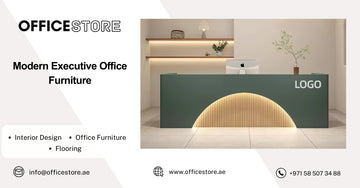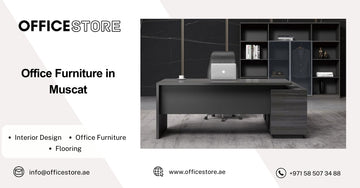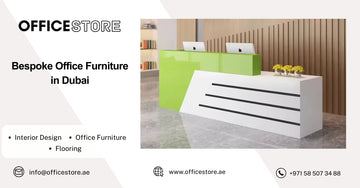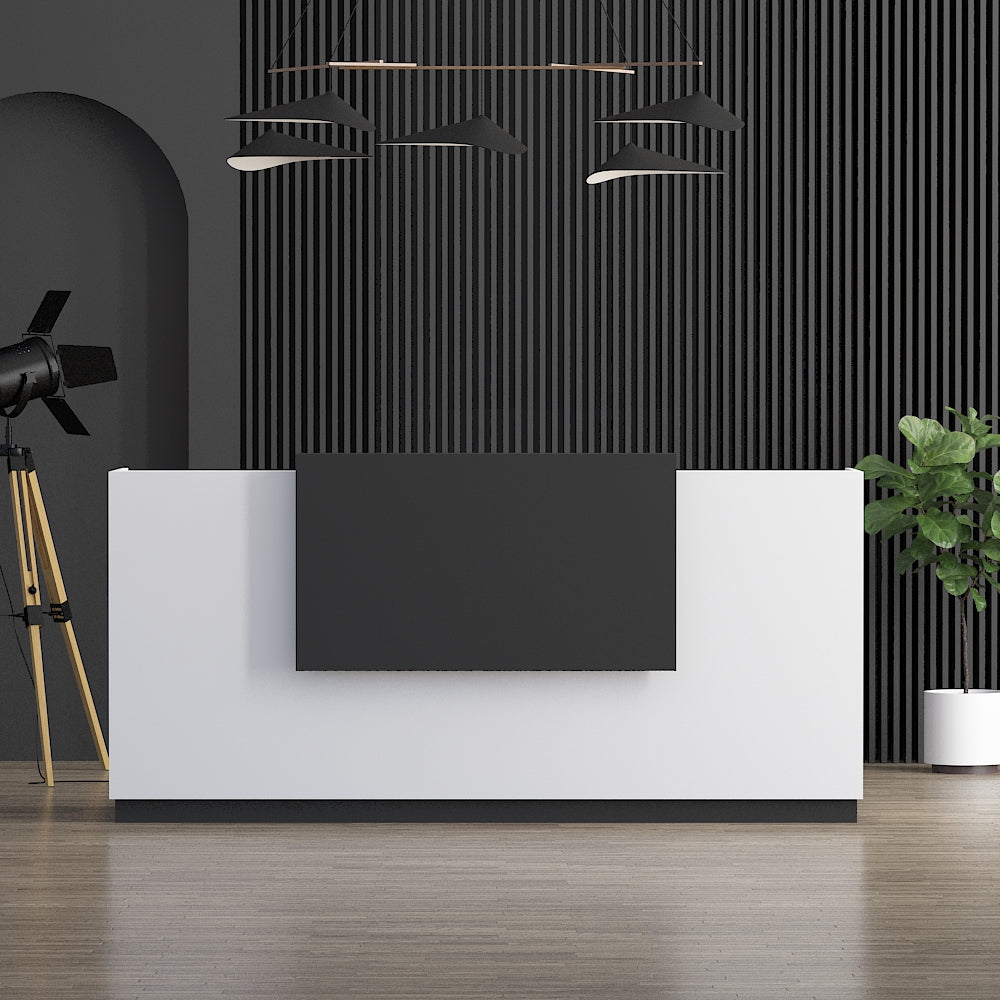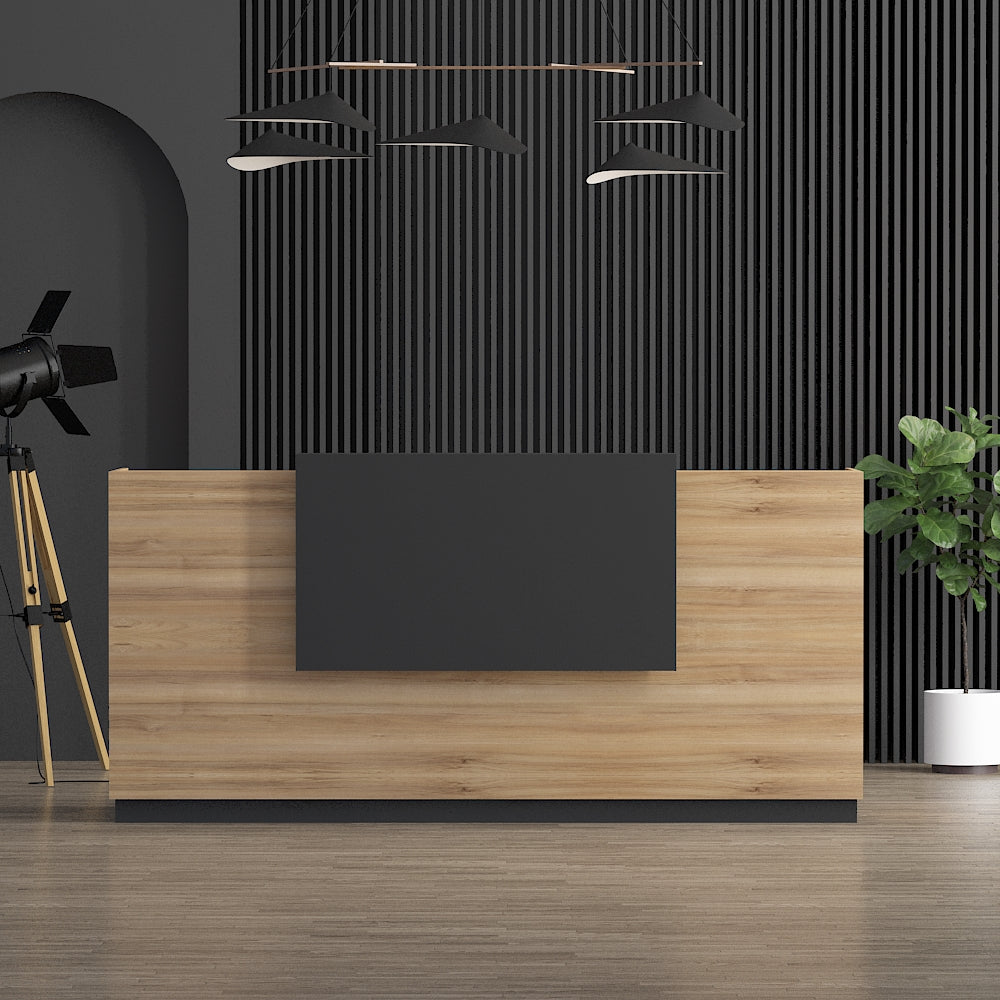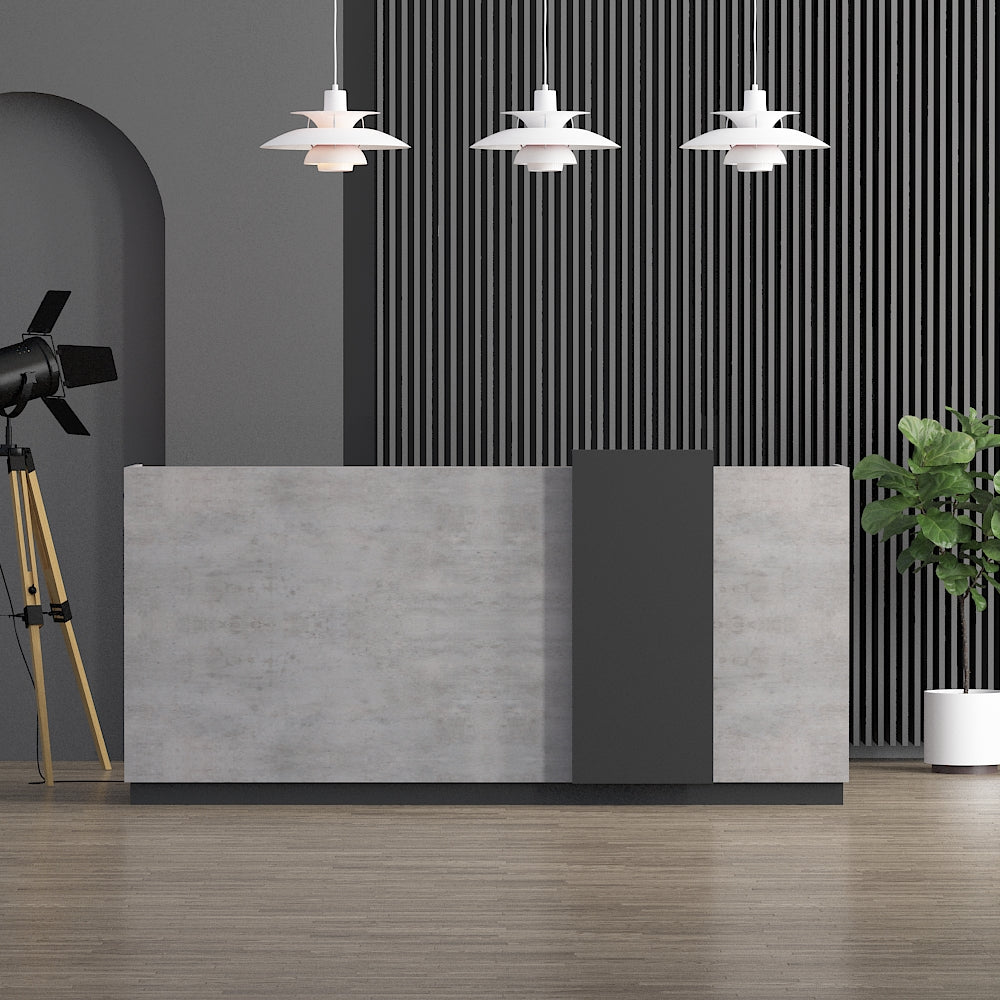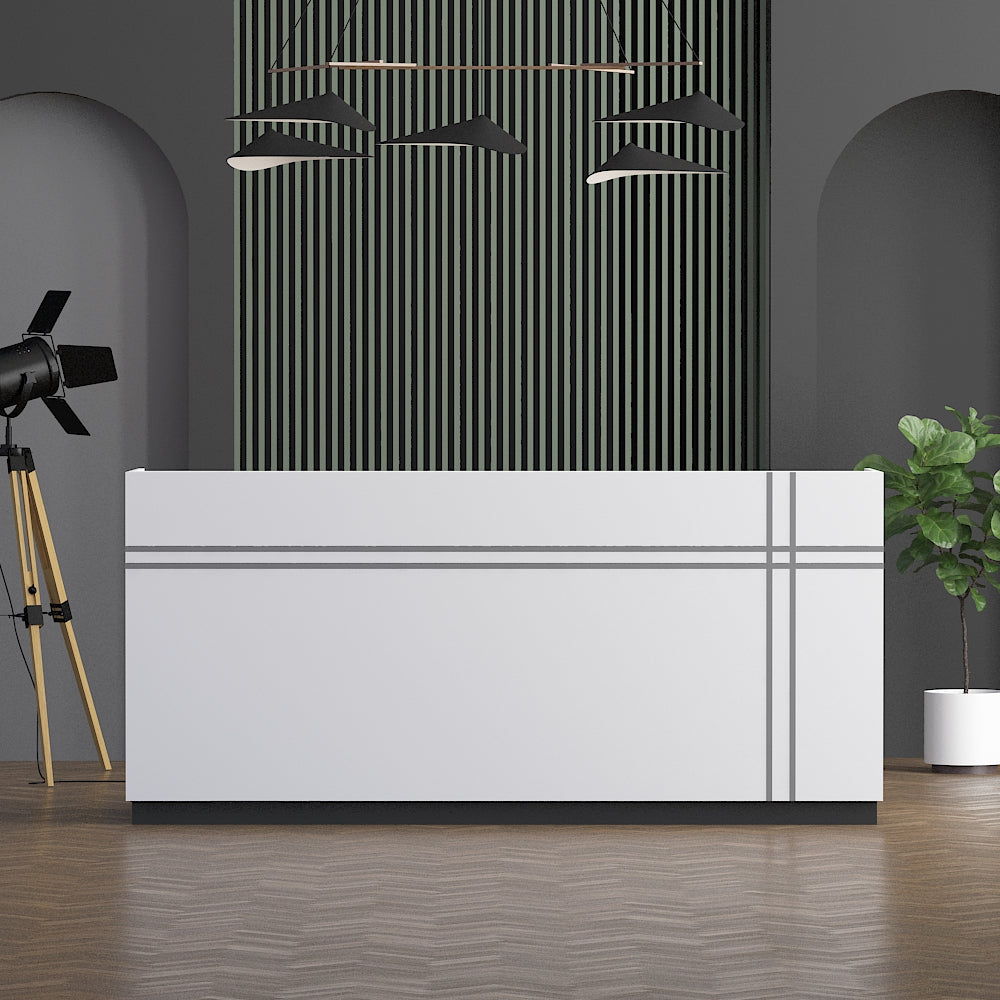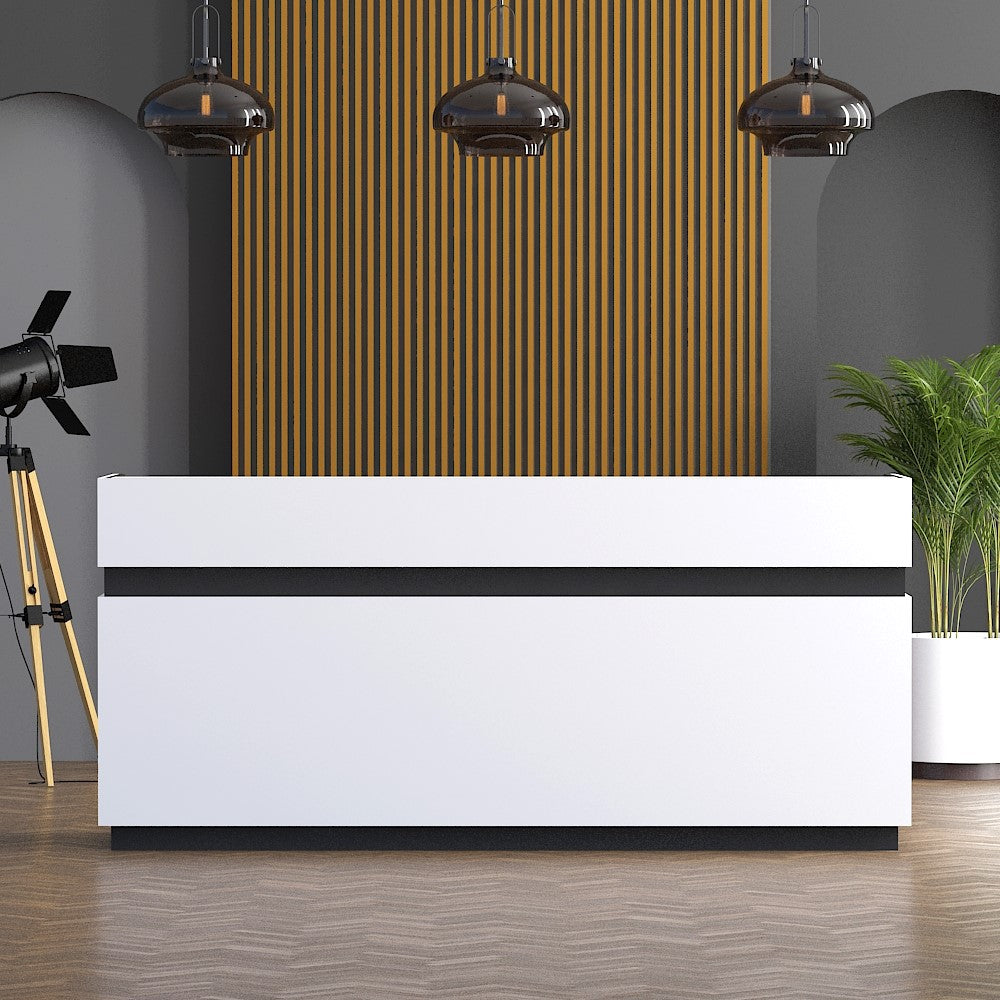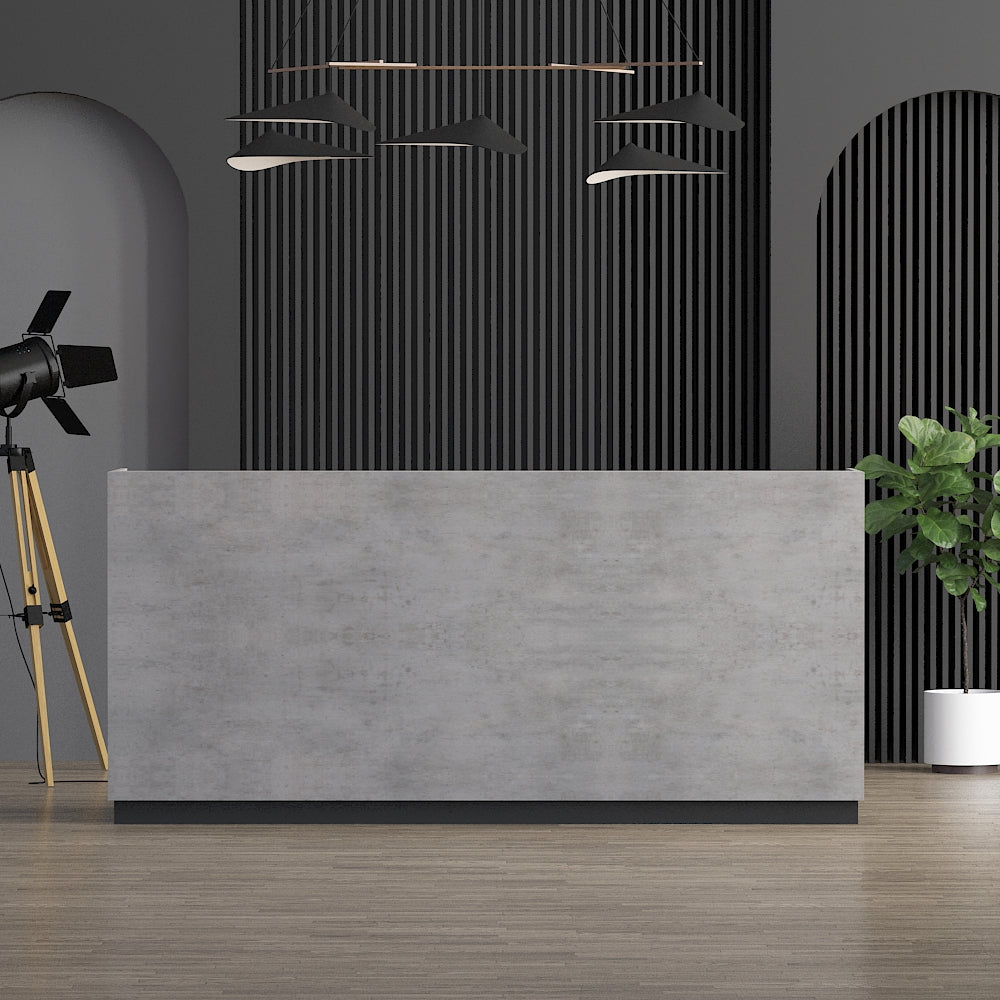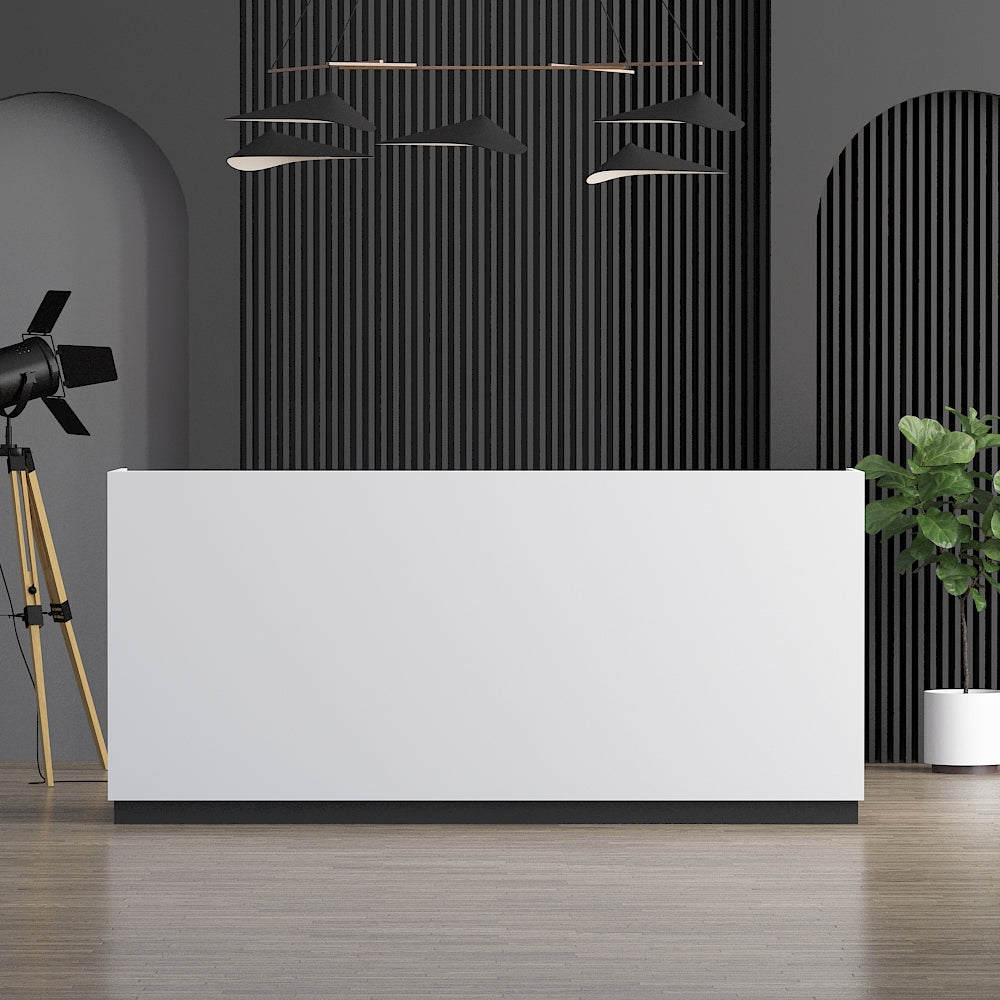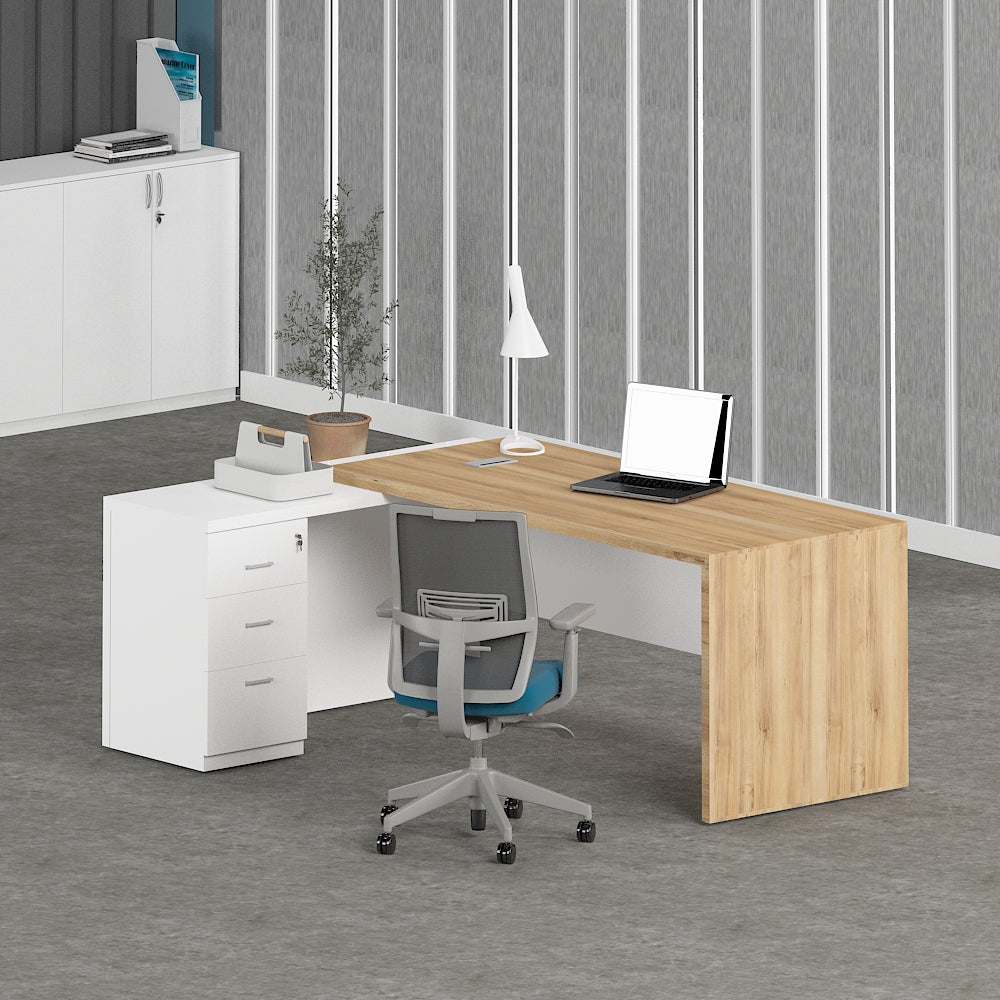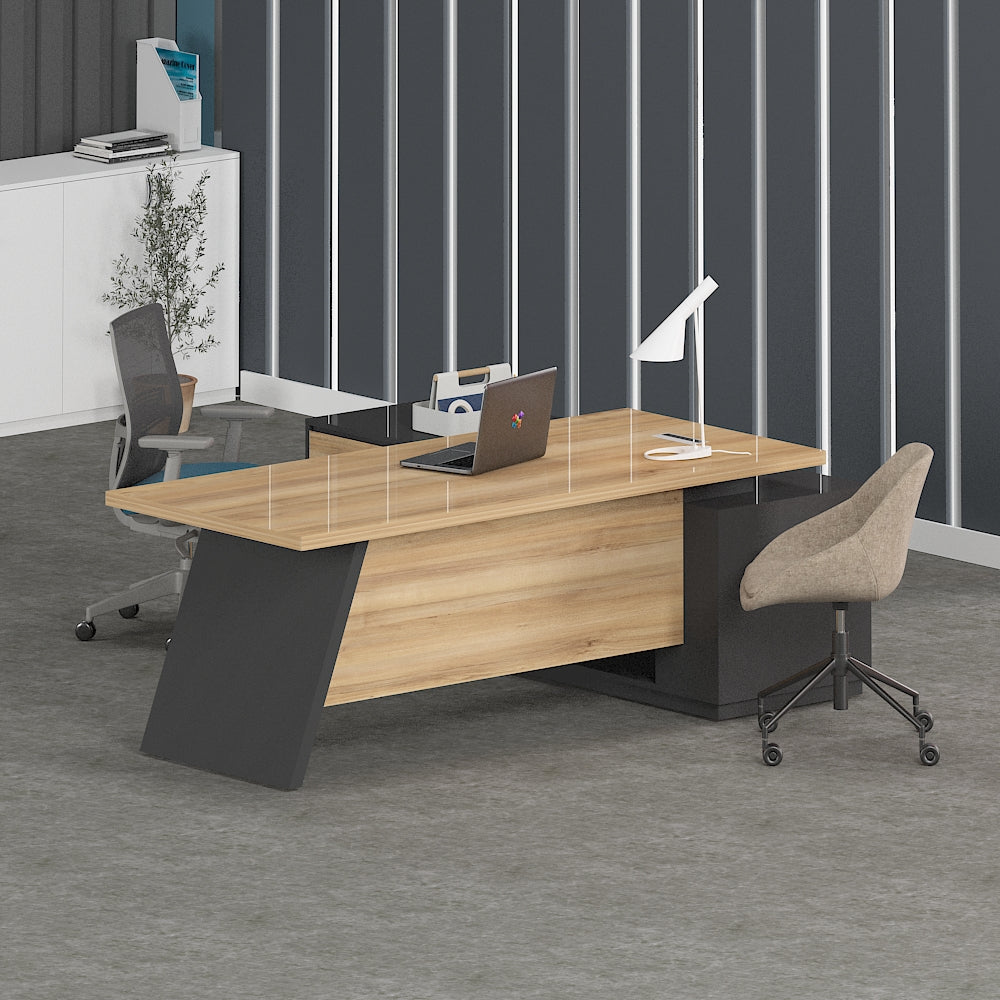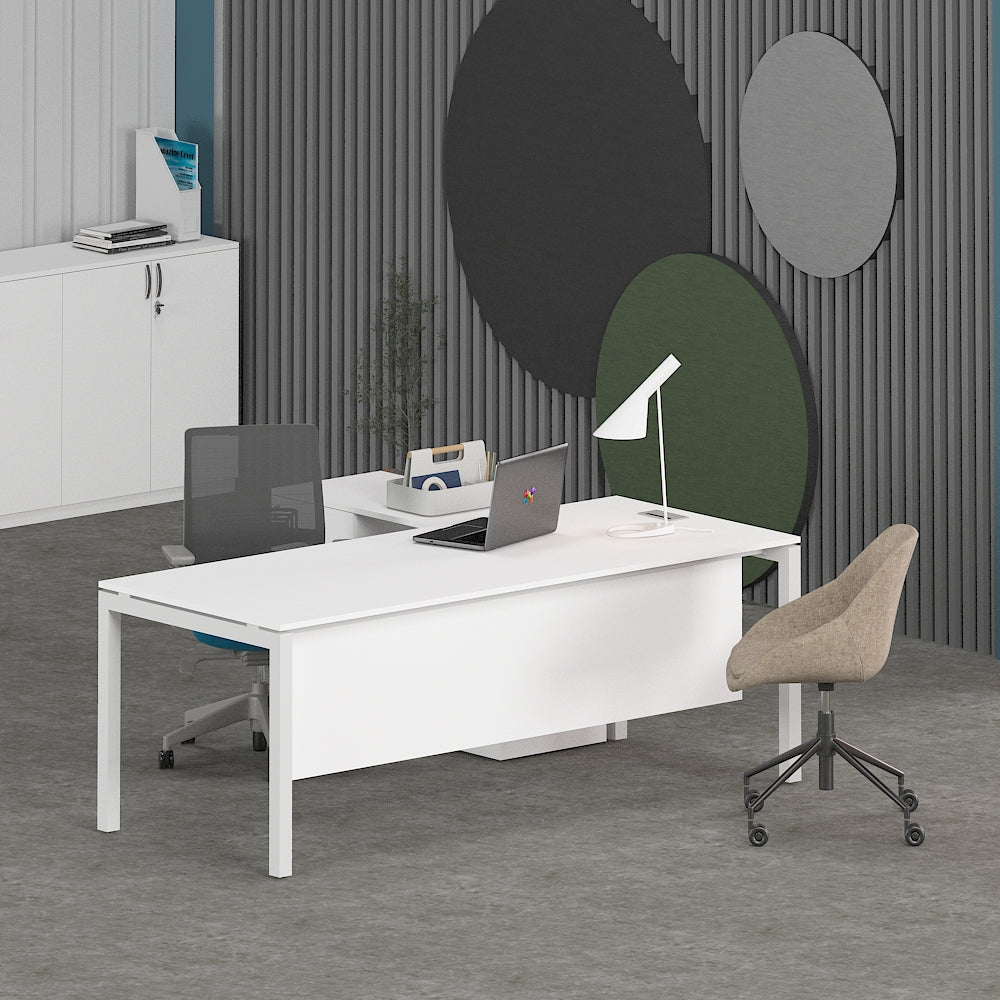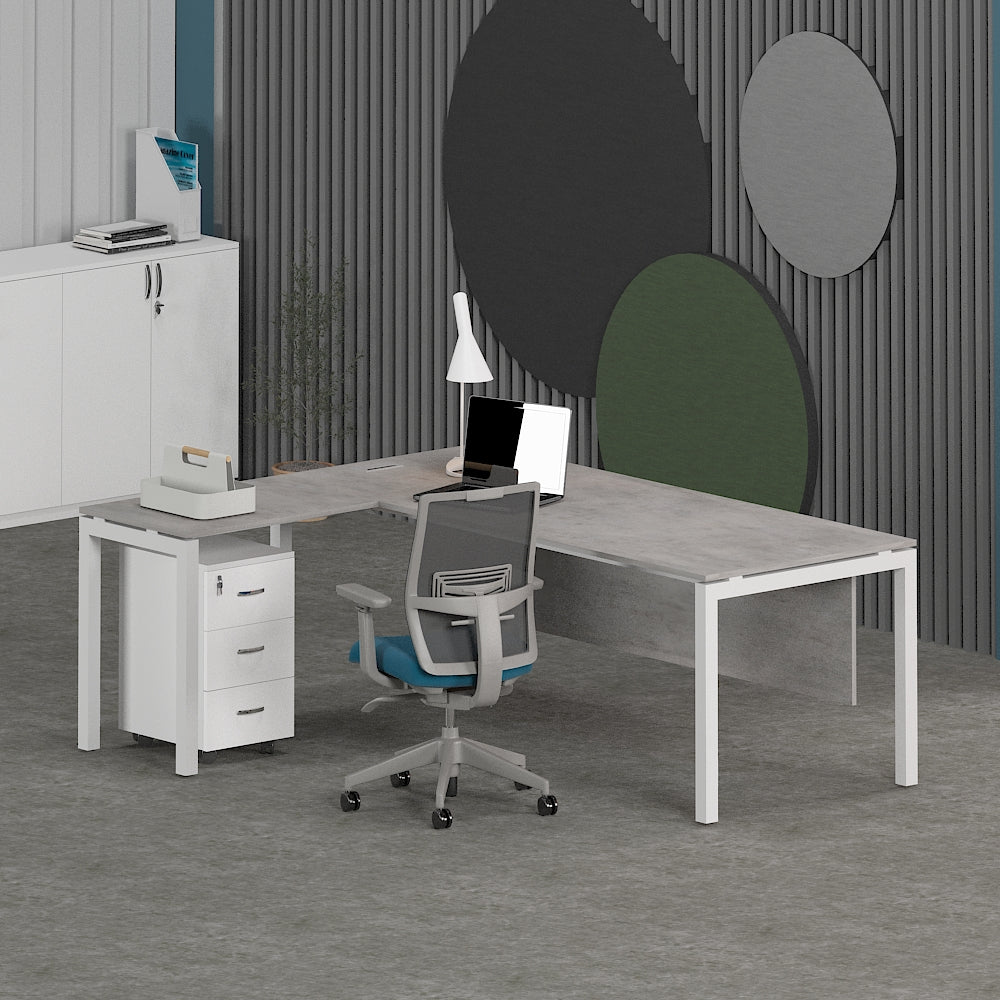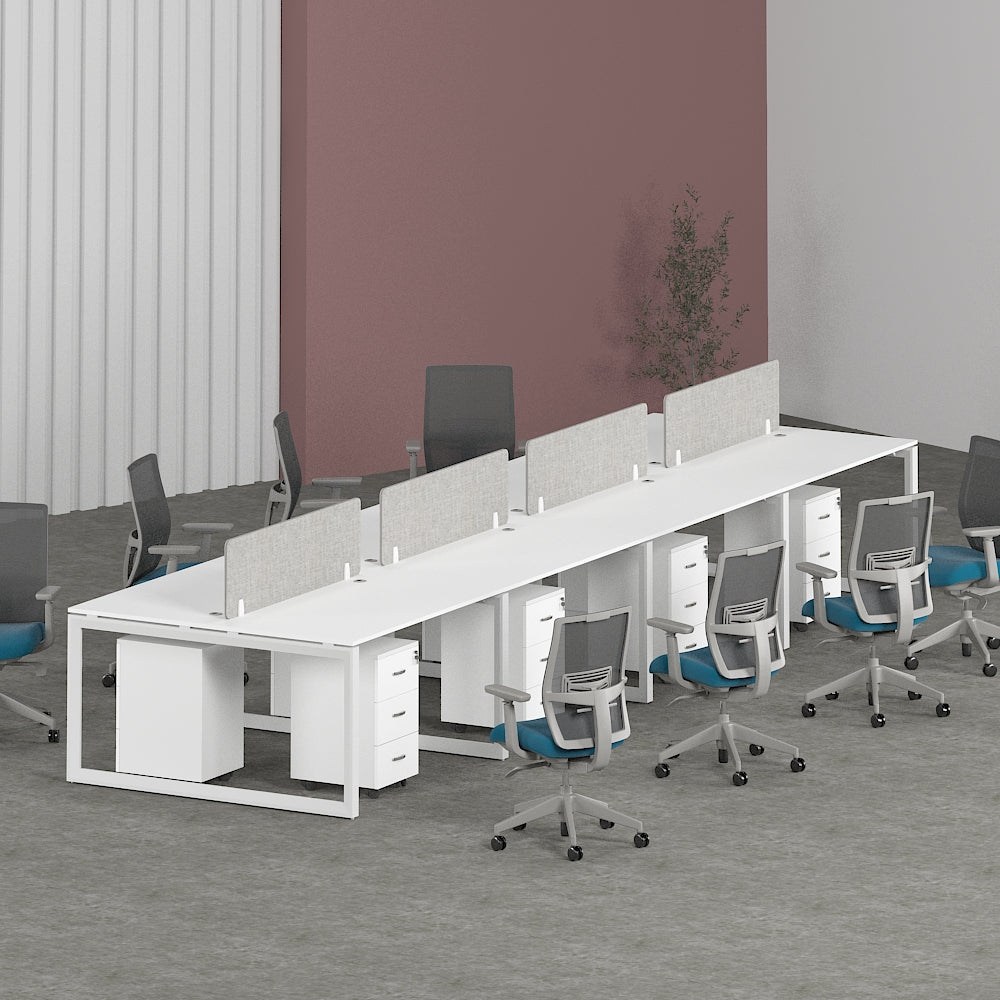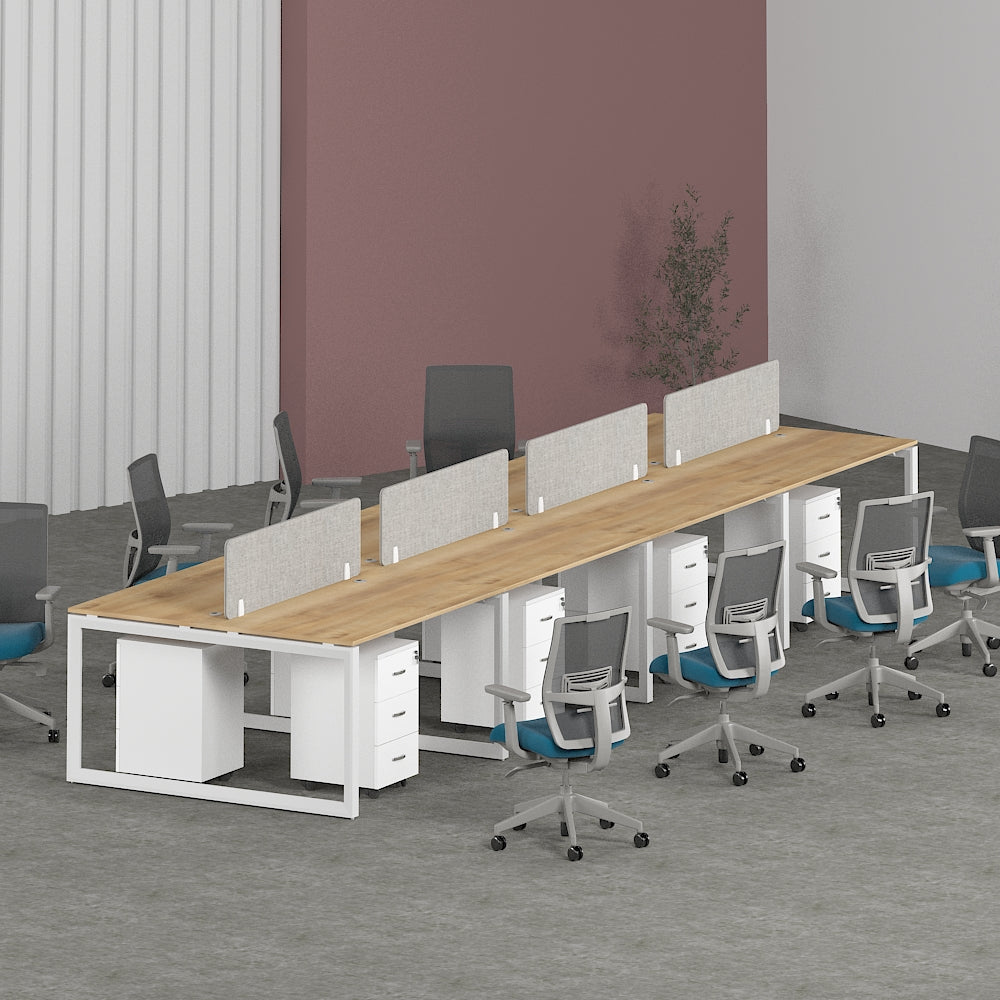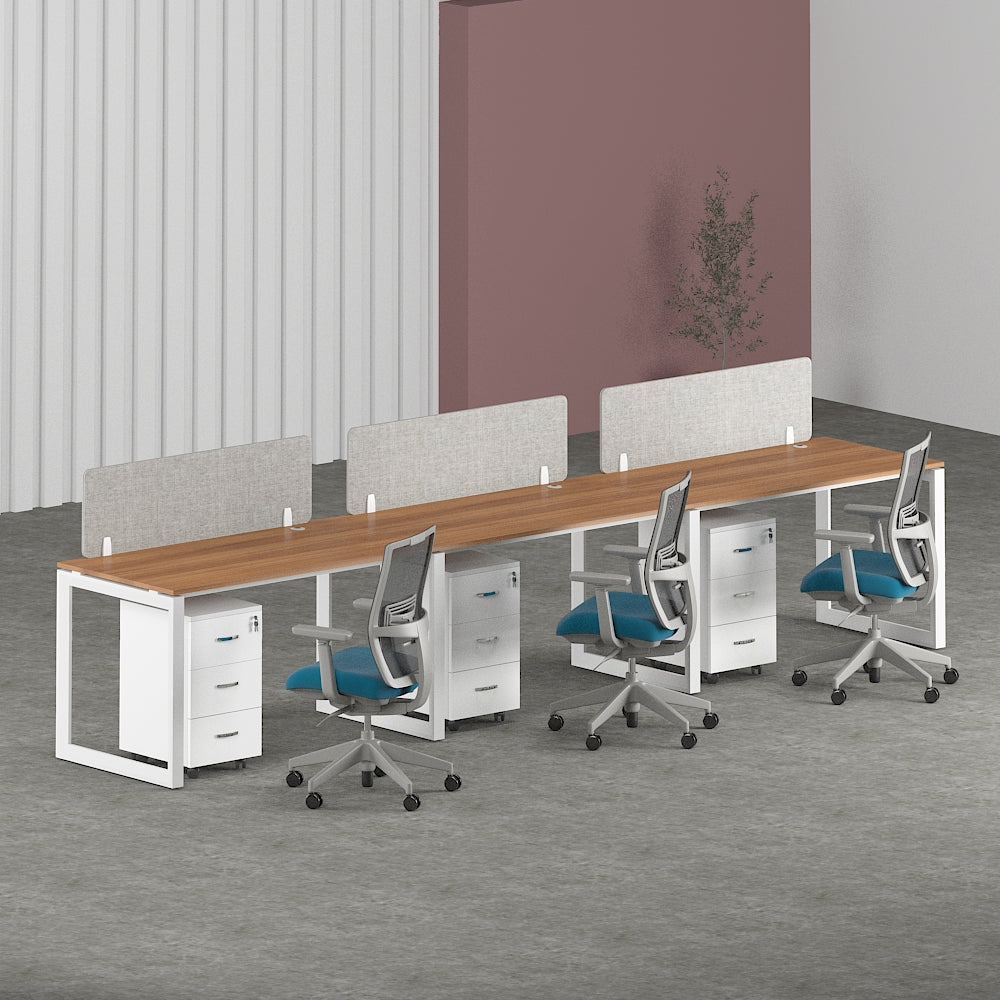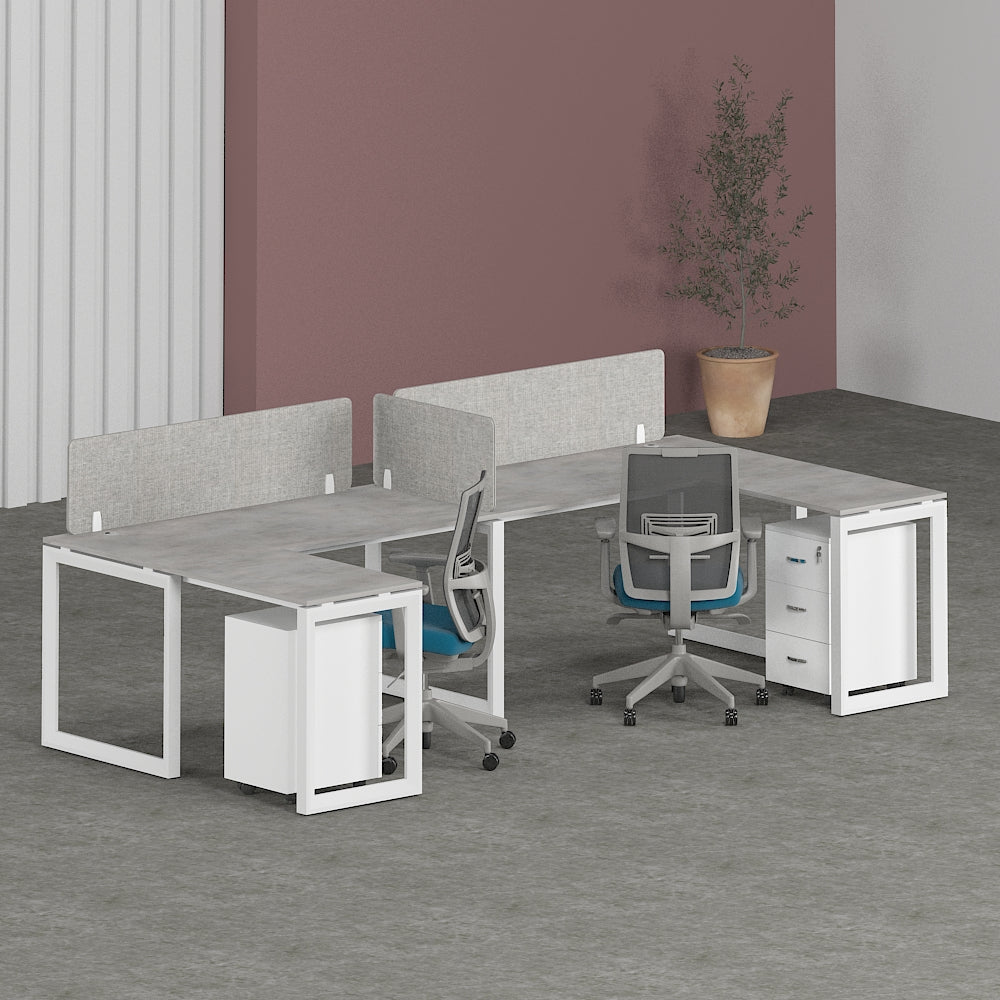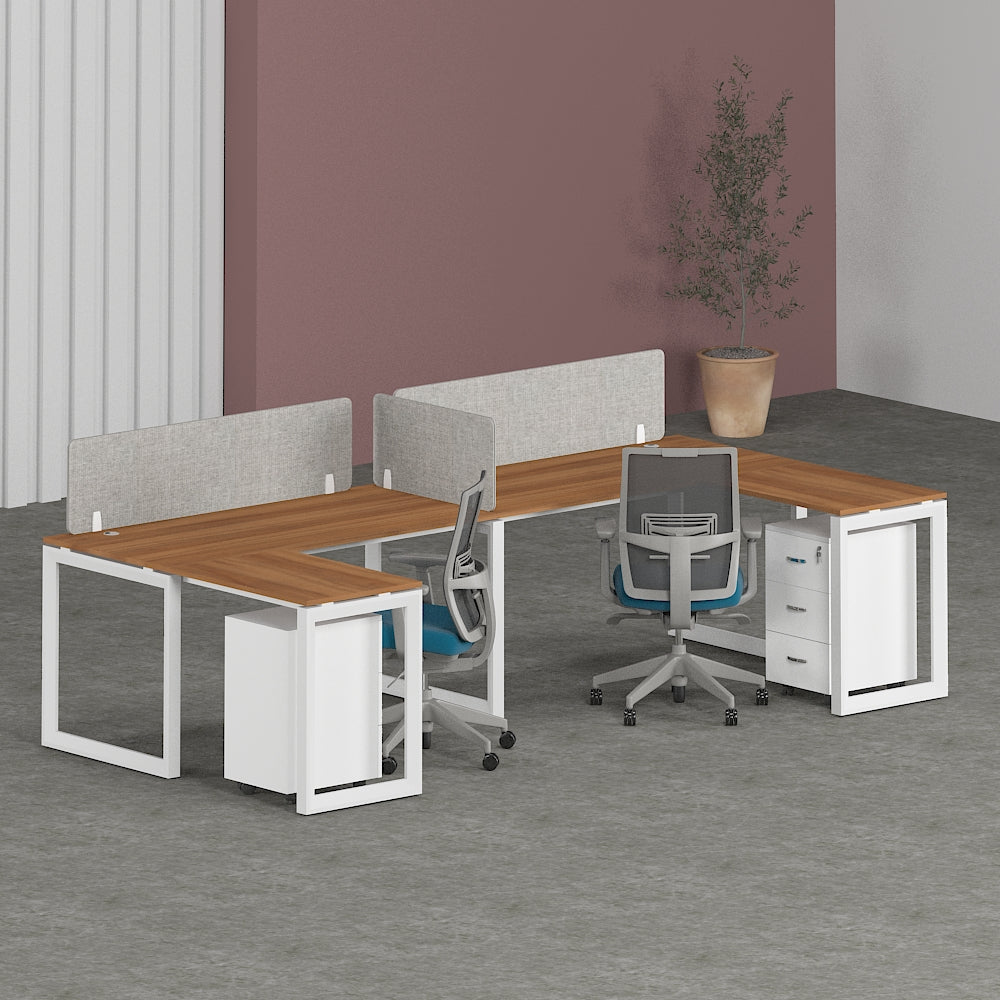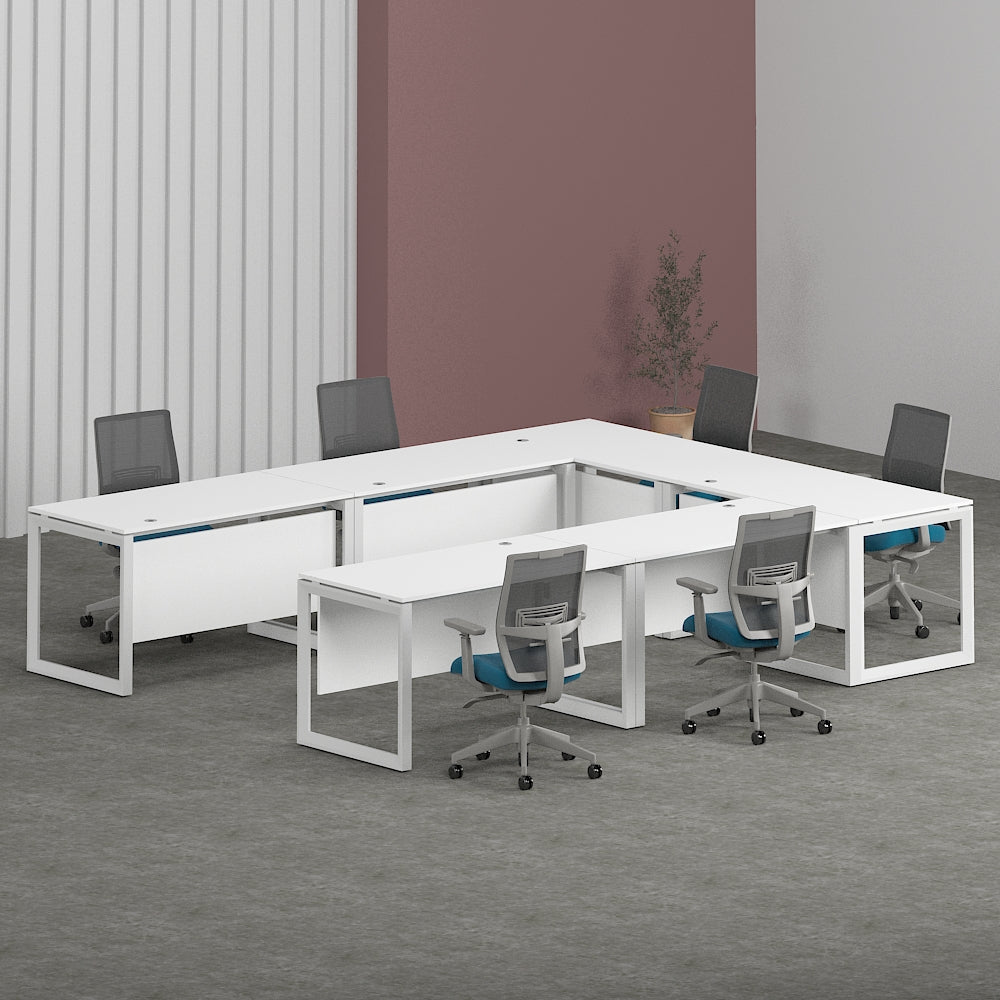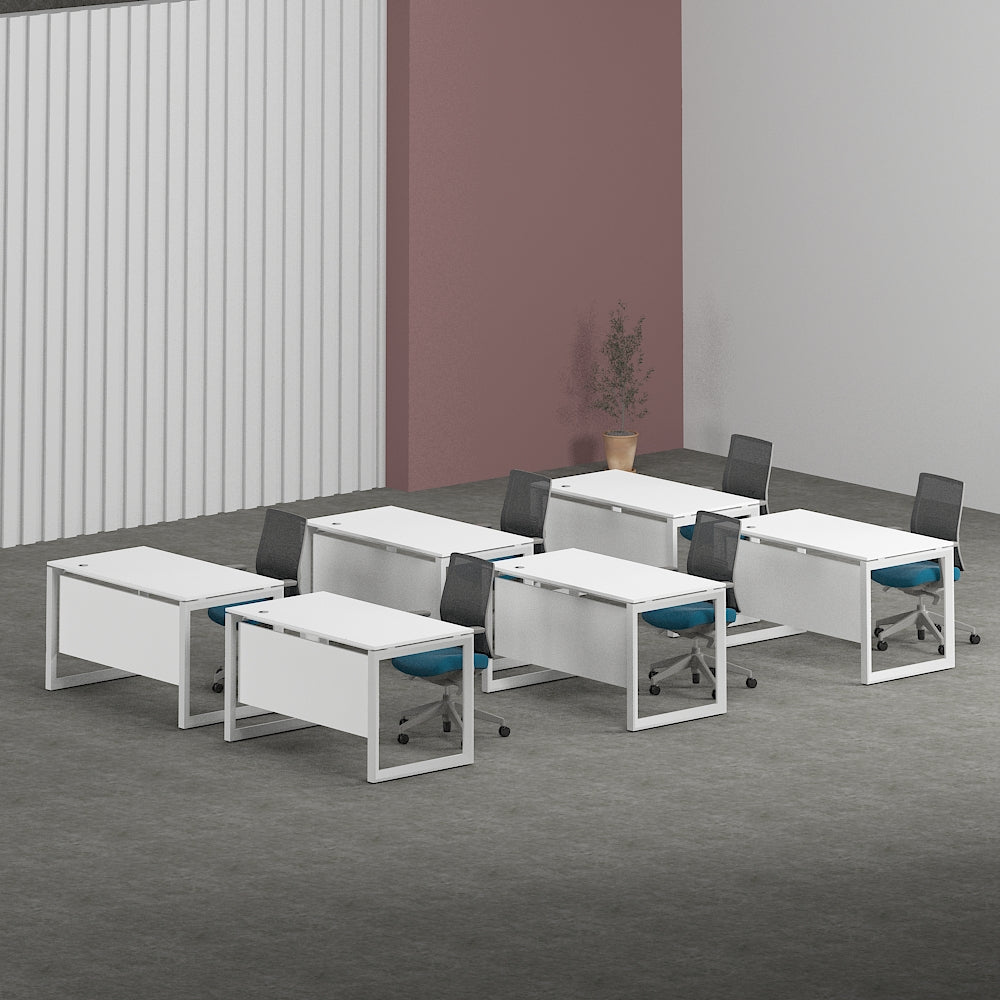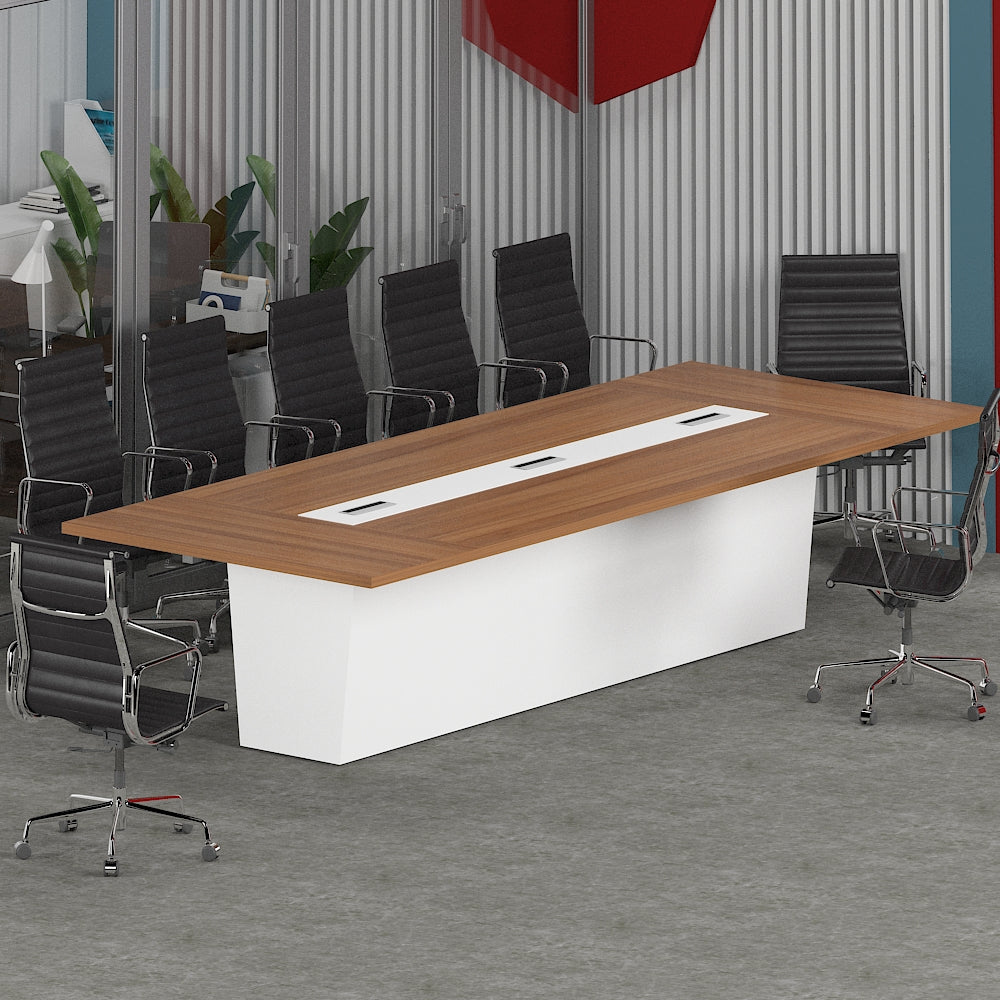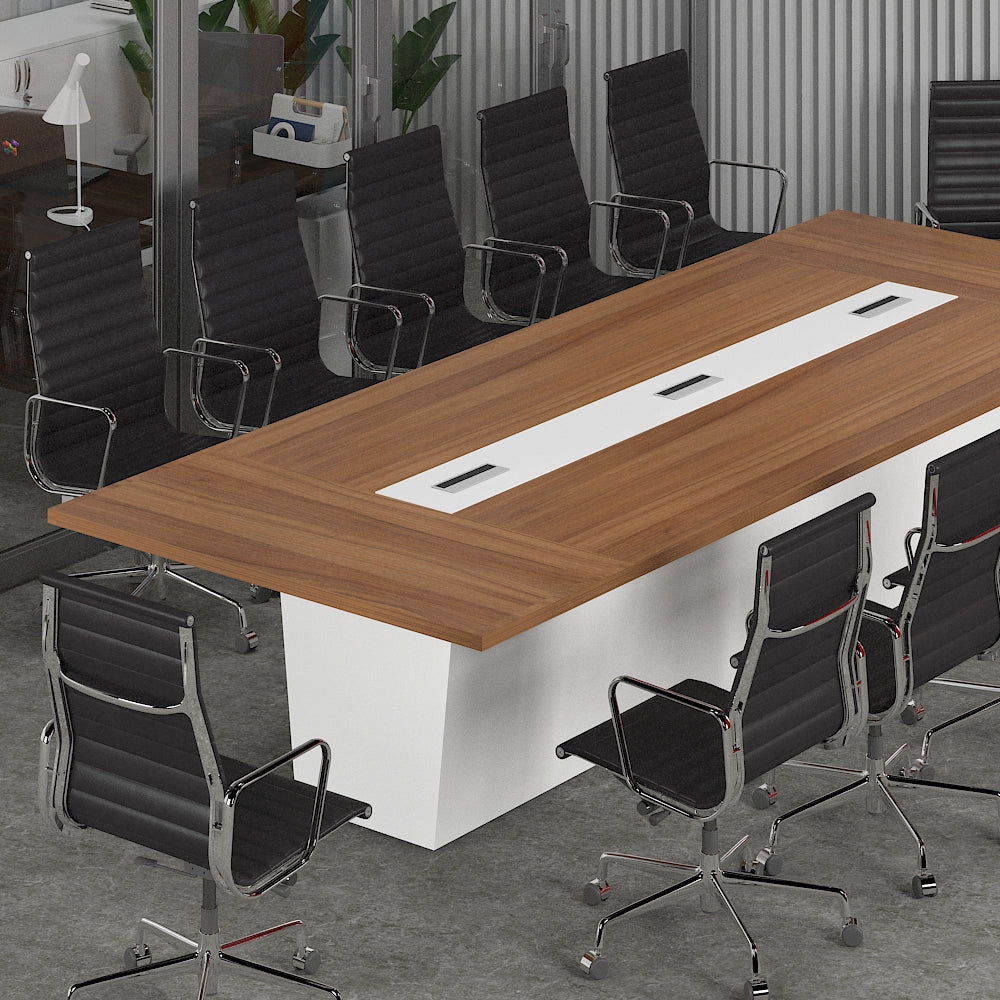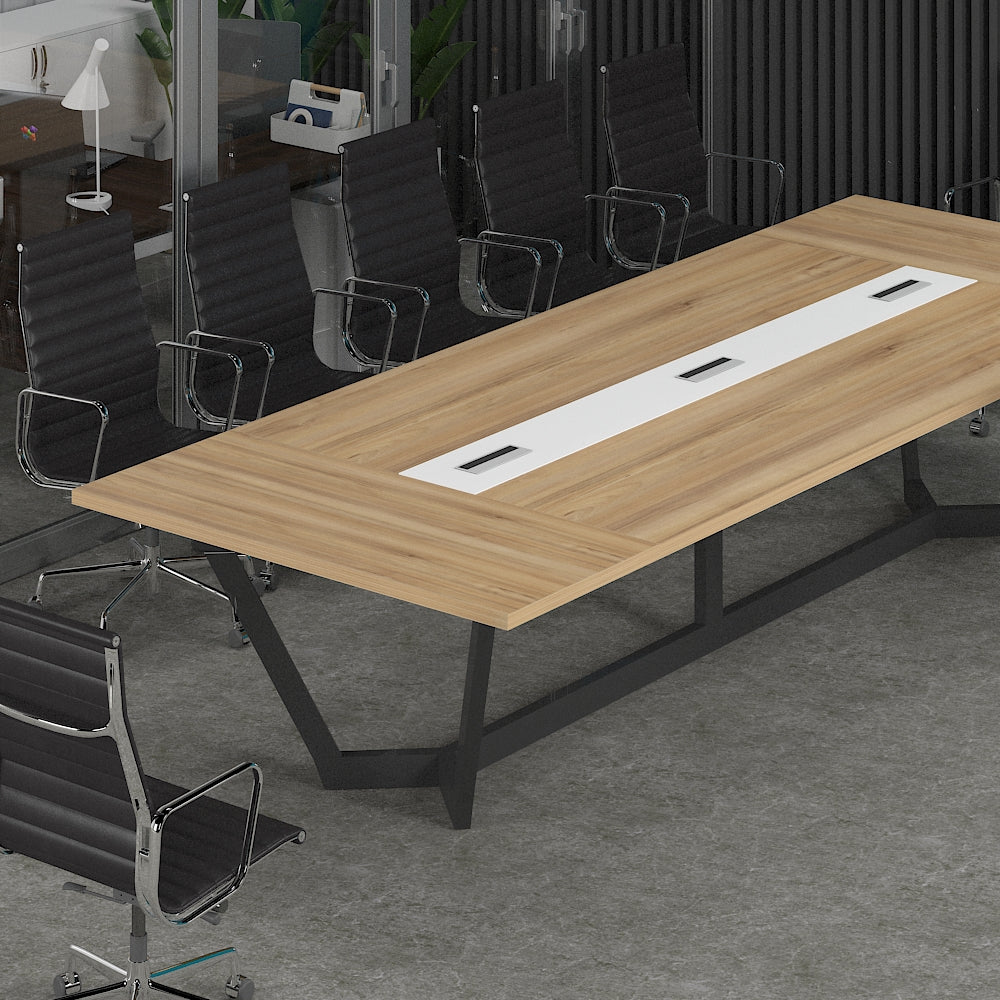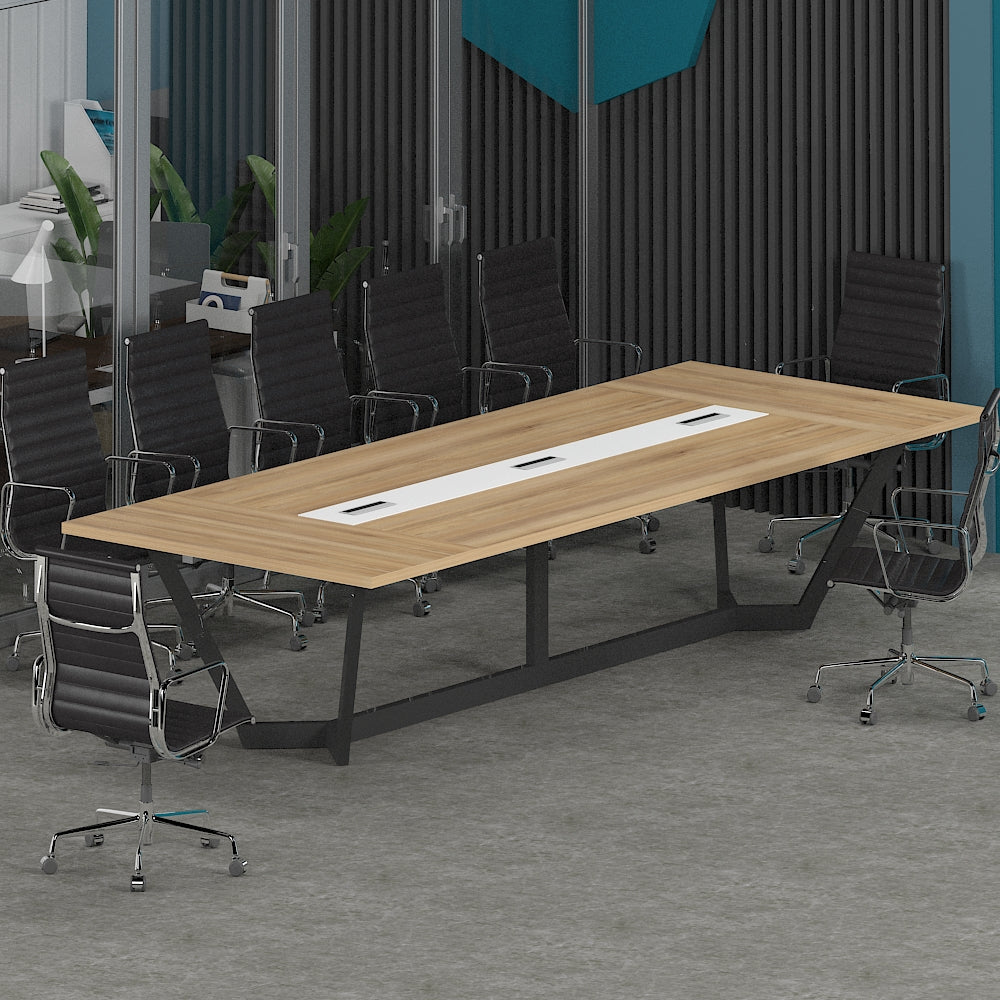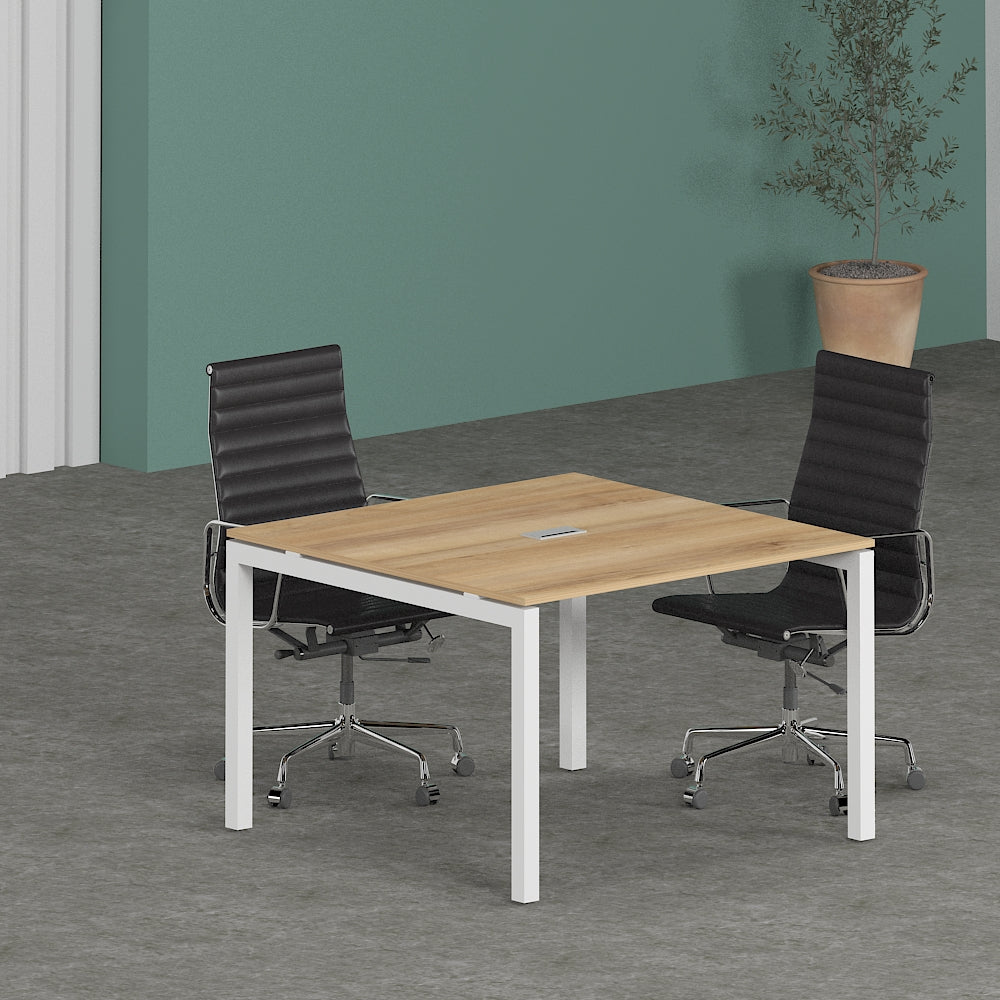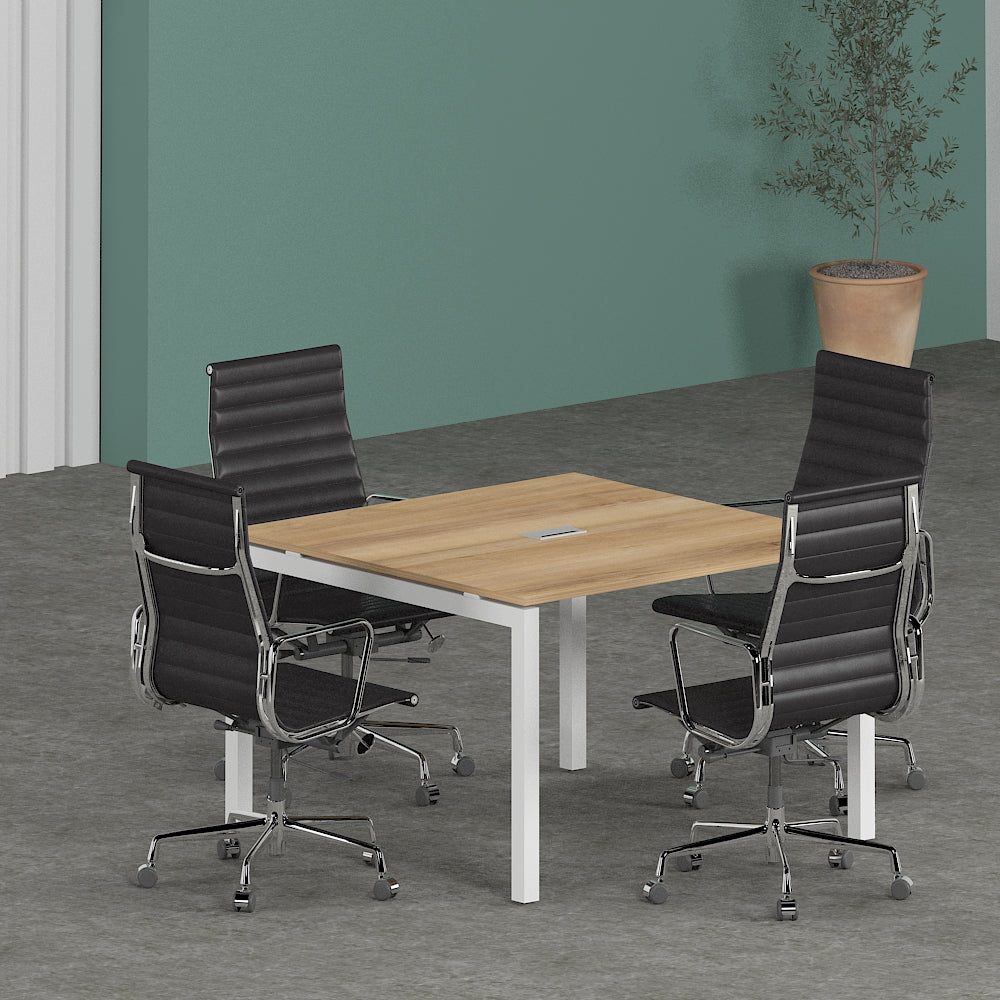In the fast-paced world of business, where every detail matters, the significance of office furniture cannot be overstated. From enhancing productivity to reflecting the ethos of a company, modern executive office furniture plays a pivotal role in shaping the work environment. In this article, we delve into the realm of contemporary office furniture, exploring its evolution, importance, key features, trending designs, selection criteria, and its impact on office aesthetics.
1. Evolution of Office Furniture
The journey of office furniture has traversed through time, adapting to changing needs and technological advancements. From traditional wooden desks to sleek, ergonomic designs, the evolution mirrors the evolution of work itself.
2. Importance of Modern Office Furniture
2.1 Productivity Enhancement
Modern executive office furniture is meticulously crafted to enhance productivity. Ergonomic designs ensure comfort, reducing strain and fatigue, thus enabling employees to focus better on their tasks.
2.2 Employee Well-being
Investing in contemporary office furniture demonstrates a commitment to employee well-being. Comfortable seating, adjustable desks, and ergonomic accessories contribute to a healthier work environment, fostering employee satisfaction and retention.
3. Key Features of Modern Executive Office Furniture
3.1 Ergonomics
Ergonomics lies at the heart of modern office furniture. Chairs with lumbar support, adjustable height desks, and keyboard trays promote proper posture, minimizing the risk of musculoskeletal disorders.
3.2 Aesthetics
Contemporary office furniture combines functionality with aesthetics. Sleek designs, clean lines, and premium finishes elevate the visual appeal of the workspace, creating a conducive environment for creativity and focus.
3.3 Functionality
Functionality is paramount in modern office furniture. Modular designs, ample storage solutions, and integrated technology features cater to the diverse needs of today's dynamic workspaces.
4. Trending Designs
4.1 Minimalist Design
Minimalism is a prevailing trend in modern office furniture. Clean lines, uncluttered spaces, and understated elegance define minimalist designs, fostering a sense of calm and focus amidst the hustle and bustle of the office.
4.2 Multifunctional Furniture
With space constraints becoming increasingly common, multifunctional furniture is gaining popularity. Convertible desks, storage ottomans, and nesting tables optimize space utilization without compromising on style or functionality.
4.3 Sustainable Materials
Sustainability is a driving force in contemporary office furniture design. From recycled materials to eco-friendly finishes, furniture manufacturers are embracing sustainable practices, aligning with the growing demand for environmentally conscious solutions.
5. Choosing the Right Furniture
5.1 Assessing Workspace Needs
Before investing in office furniture, it's essential to assess the unique needs of the workspace. Consider factors such as layout, workflow, and the nature of tasks performed to determine the most suitable furniture solutions.
5.2 Budget Considerations
While quality is paramount, budget constraints cannot be ignored. Strike a balance between quality and affordability, opting for furniture that offers long-term value and durability.
5.3 Quality and Durability
Investing in high-quality office furniture pays dividends in the long run. Prioritize durability, craftsmanship, and warranty coverage to ensure that the furniture withstands the rigors of daily use and maintains its aesthetic appeal over time.
6. Enhancing Office Aesthetics
6.1 Integrating Brand Identity
Office furniture can serve as a reflection of a company's brand identity. Incorporate brand colors, logos, and design elements into the furniture to create a cohesive and memorable workspace that reinforces brand values.
6.2 Creating Collaborative Spaces
Modern office design encourages collaboration and teamwork. Incorporate versatile furniture solutions such as modular seating, movable partitions, and communal workstations to facilitate interaction and creativity among employees.
7. Conclusion
In conclusion, modern executive office furniture transcends mere functionality; it embodies innovation, comfort, and style. By investing in contemporary furniture solutions that prioritize ergonomics, aesthetics, and sustainability, businesses can create work environments that inspire productivity, foster creativity, and nurture employee well-being.
FAQs
1. What are the benefits of ergonomic office furniture?
Ergonomic office furniture promotes proper posture, reduces the risk of musculoskeletal disorders, and enhances employee comfort and productivity.
2. How can I choose the right office furniture for my workspace?
Assess your workspace needs, consider budget constraints, prioritize quality and durability, and align the furniture with your brand identity and office aesthetics.
3. Are sustainable office furniture options readily available?
Yes, many furniture manufacturers offer sustainable options made from recycled materials, eco-friendly finishes, and responsible manufacturing practices.
4. What role does office furniture play in enhancing employee well-being?
Comfortable, ergonomic furniture contributes to a healthier work environment, reducing fatigue, and promoting better physical and mental well-being among employees.
5. How can office furniture contribute to office aesthetics?
Office furniture can enhance aesthetics by incorporating stylish designs, premium finishes, and brand elements that reflect the ethos and personality of the company.
